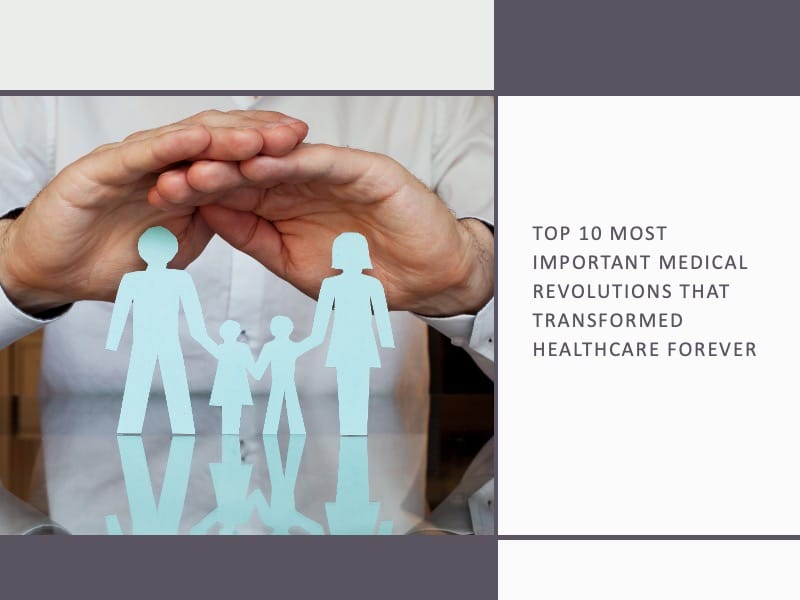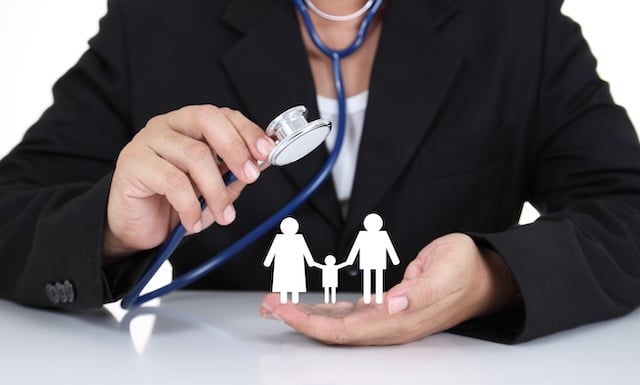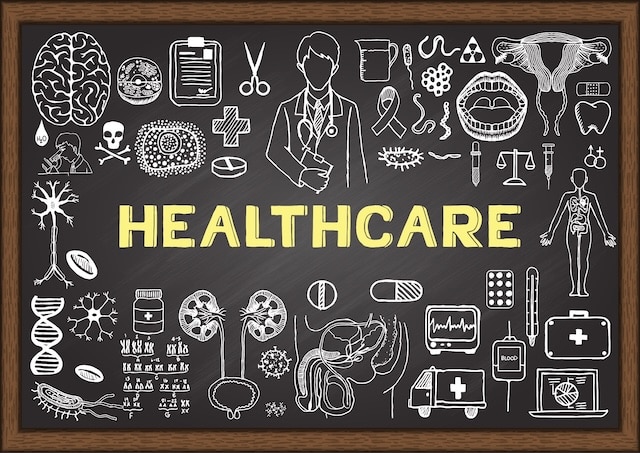Top 10 Most Important Medical Revolutions That Changed Healthcare Forever
The past century has witnessed remarkable technological advancements that have completely transformed the landscape of healthcare.
From life-saving vaccines to revolutionary surgical techniques, these innovations have turned once-deadly diseases into manageable conditions and paved the way for longer, healthier lives.
Technological progress has not only enhanced the accuracy and efficiency of medical treatments but has also made healthcare more accessible and personalized, bringing specialized care to patients across the globe.
Key breakthroughs, such as the development of antibiotics, DNA sequencing, and modern imaging techniques, have redefined our understanding of the human body and reshaped our approach to disease prevention, diagnosis, and treatment.
Beyond physical health, innovations in telemedicine and wearable technology are now empowering individuals to take control of their wellness, bridging the gap between patients and healthcare providers like never before.
This article explores the most significant medical revolutions that have shaped the healthcare industry, illustrating how these developments continue to impact millions of lives around the world and set the stage for future innovations in medicine.
Top 10 Most Important Revolutions in Healthcare

From the invention of the hearing aid to the Polio vaccine, it is difficult to count all the medical revolutions that have dramatically changed people’s lives. Only a few decades back, people would die of simple diseases like diarrhea.
However, the world has changed in terms of healthcare, and it has changed for the better.
The medical revolutions highlighted in this article are just a few examples of how technology has transformed healthcare.
Each innovation has contributed to extending life expectancy, improving the quality of life, and making once-fatal diseases treatable or even preventable. As technology continues to advance, we can expect even more breakthroughs that will further enhance the capabilities of modern medicine and healthcare delivery.
The future holds endless possibilities for improving patient care and making health and wellness more accessible to people worldwide.
Let’s look at some of the medical revolutions in medical history and ways that technology changed healthcare in a significant way!
1.) How Vaccines Revolutionized Disease Control
Before the development of vaccines, infectious diseases like smallpox, measles, and polio claimed millions of lives worldwide.
In 1796, Dr. Edward Jenner’s creation of the smallpox vaccine marked the beginning of modern immunization, leading to the prevention of countless diseases that once posed severe threats to humanity.
Vaccines are now recognized as one of the most effective tools in controlling and eradicating infectious diseases.
According to the World Health Organization (WHO), vaccines prevent 3.5-5 million deaths each year globally, highlighting their crucial role in public health.
2.) Impact of Antibiotics and Antivirals on Healthcare
The discovery of antibiotics in the 1940s by Sir Alexander Fleming, who identified the antibacterial properties of Penicillium notatum, was another turning point in medical history.
Antibiotics revolutionized the treatment of bacterial infections and significantly reduced mortality rates from diseases that were once considered fatal.
While antibiotics are effective against bacterial infections, antivirals were developed to target viruses, giving healthcare providers powerful tools to manage conditions like the flu, HIV, and herpes.
These discoveries have saved millions of lives and continue to play a vital role in treating infectious diseases today.
3.) Role of Health Insurance in Expanding Access to Medical Care

The introduction of health insurance brought a significant shift in the accessibility and affordability of healthcare services.
As medical treatments became more sophisticated and expensive, health insurance allowed millions to access high-quality healthcare without bearing the full financial burden.
Telehealth and online medical clinics have further expanded the reach of healthcare services, enabling patients to consult with specialists remotely and order prescription medications online from the comfort of their homes.
Programs like the Cleveland Clinic’s MyConsult Medical Second Opinion and platforms like DoctorSpring provide critical care and improve doctor-patient communication for those who need expert advice but cannot travel to see a doctor in person.
By providing affordable access to preventive care and early treatment, these innovations have the potential to significantly reduce healthcare spending in the United States.
4.) Birth Control Pills: Empowering Women and Population Control
The invention of the birth control pill in the 1950s gave women control over their reproductive health for the first time in history.
This breakthrough not only helped manage the global population growth but also empowered women to make informed choices about their lives and futures.
Today, contraceptive pills are a widely used method for preventing unwanted pregnancies, boasting up to 99% effectiveness when taken correctly and giving women autonomy over their reproductive decisions.
5.) Advancements in Surgical Anesthetics and Antisepsis
Before the development of surgical anesthetics, undergoing surgery was a painful and often traumatic experience.
Then, in 1846, William T.G. Morton demonstrated the use of ether as an anesthetic, revolutionizing the field of surgery by allowing patients to undergo procedures without excruciating pain.
Simultaneously, the introduction of antiseptic techniques drastically reduced infection rates during surgeries, leading to higher success rates and patient survival.
These advancements laid the groundwork for modern surgical practices.
6.) Cancer Treatment Breakthroughs
The treatment and prevention of cancer have evolved dramatically over the past few decades.
Advances in chemotherapy, immunotherapy, and targeted therapies have improved cancer survival rates and quality of life for patients.
Genetic testing and personalized medicine now allow for more precise treatment plans, reducing side effects and increasing effectiveness. Early detection through innovative screening techniques such as Chromatin IP has also significantly improved the outcomes for many types of cancer.
7.) Rise of Radiological Imaging Techniques
Radiological imaging, such as X-rays, MRIs, and CT scans, has become indispensable in modern medicine.
These technologies allow doctors to view the internal structures of the body non-invasively, leading to accurate diagnoses and better treatment strategies.
The ability to see inside the human body has revolutionized how injuries, diseases, and conditions are assessed and treated, enhancing both the speed and accuracy of medical care.
8.) DNA Technology’s Role in Modern Medicine
DNA technology has transformed medicine, particularly in diagnostics and personalized healthcare.
Additionally, DNA collection plays a crucial role at the intersection of health and law, as DNA analysis can be used to exonerate the innocent and identify perpetrators with scientific precision.
Blood testing and DNA analysis now play a crucial role in identifying genetic markers and predispositions to various health conditions, enabling more precise medical interventions.
Since its development in 1985, DNA testing has been utilized for a wide range of applications, from identifying genetic disorders to developing targeted treatments for diseases such as cancer.
Genetic testing kits are now available to the public, helping individuals understand their predisposition to certain health conditions.
This knowledge empowers individuals to make informed, proactive choices about their health and lifestyle, promoting a more personalized approach to preventive care and disease management.
9.) Wearable Technology and Health Monitoring
Wearable technology has advanced rapidly, with smart medical devices like continuous glucose monitors, fitness trackers, and smartwatches now capable of monitoring heart rate, sleep patterns, and irregularities that could indicate health problems.
These wearables provide real-time data to both patients and healthcare providers, allowing for early intervention and personalized health strategies.
Innovations like this are transforming the management of chronic conditions, offering a more proactive approach to healthcare and enabling healthcare workers to run a medical practice more efficiently.
My wife and I have been using fitness watches for years to optimize our health and daily routines.
While I initially used Apple Watches, I now prefer Fitbit because it’s more affordable and offers excellent exercise insights.
My wife recently upgraded to an Oura Ring, which provides even deeper health analytics, particularly for sleep and recovery.
We rely on this data to fine-tune our workouts, manage stress, and improve our overall well-being.
For example, if you are focused on a particular sport or activity, like swim training, specialized devices like the Swimmo swim watch can be invaluable in tracking swimming performance metrics and progress.
However, it’s essential to be cautious when choosing fitness wearables.
Some products, like the HELO watch, invest heavily in marketing but fail to deliver valuable insights or reliable data, making them little more than scams.
Choosing trusted brands with proven technology is crucial for making the most out of wearable devices and genuinely enhancing your health.
Last update on 2025-07-06 / This article includes affiliate links/Images via Amazon Product Advertising API. I may earn commissions on purchases made through these links.
10.) Gastric Bypass Surgery as a Solution for Obesity
Gastric bypass surgery has been a significant breakthrough in the treatment of obesity. This surgical procedure offers a long-term solution to weight management and has been particularly effective in helping patients with Type 2 diabetes.
Studies have shown that individuals who undergo gastric bypass surgery can maintain a significant weight loss and reduced need for diabetes medications for years after the procedure.
This medical advancement continues to be critical in combating obesity and its associated health risks.
This website does not provide medical advice. This website site does contain affiliate links, and purchases may earn a commission.
Read my Medical Disclaimer, Review Disclaimer, and Publishing Policies for more details. Use of this site indicates acceptance of these terms.




